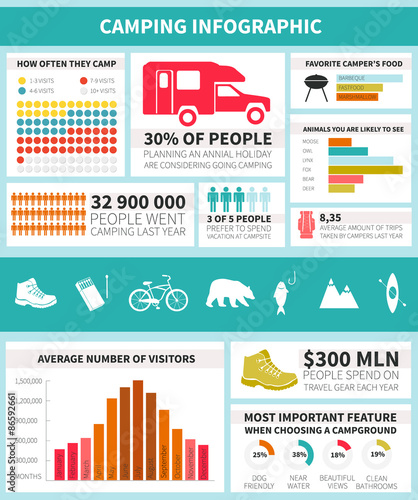Helpful Hints And Tips To Making Sales For Your Online Camping Tents Product
Helpful Hints And Tips To Making Sales For Your Online Camping Tents Product
Blog Article
Enjoying the Stargazing Experience
During a clear night, you can spot constellations and even planets with your naked eye. For a more detailed stargazing experience, consider bringing binoculars or a telescope.
Where do you put a tent on a backpack?
An insulated flask is a practical addition for extended stargazing sessions, keeping your water hydrated while preventing light blindness. Also, bring a headlamp with a red light setting, to prevent eyestrain.
1. Look up
Stargazing can be a fun and educational family activity. Whether you have a set of binoculars or just use your phone, you can find out more about the night sky. There are many free stargazing apps available, and a little practice, you can quickly be able to identify constellations and planets.
You can also learn the constellations, which are groups of stars that form shapes like hearts or animals. And, you can see bright planets like Venus or Mars if they are visible at the time of your stargazing session. For the best experience, try to visit a dark sky area with minimal light pollution.
2. Find a dark spot
If you’re a beginner, the best place to stargaze is a dark spot away from city lights. Light pollution from streetlights, pubs and shops diminishes the number of stars and constellations you can see.
National parks and remote beaches are ideal, but you can also use apps to find a dark sky site near you. Winter is the best time for stargazing, as there’s less heat and humidity haze that can obscure the night sky.
It’s also important to select a night with a new moon, as the moon throws its own light into the sky. Also, be sure to turn off all the lights in your vehicle and on your phone (even night mode can ruin your night vision). Be respectful of other stargazers by using only red flashlights.
3. Bring a pair of binoculars or a telescope
With a little preparation, you can make your stargazing experience more camping gift ideas for women fun and educational. Try to learn a few things about the stars and constellations before your stargazing date, such as the significance of Polaris (the North Star), which has been used for navigation since ancient times.
While your naked eye can see countless stars, binoculars or telescopes can reveal even more celestial details. Plus, bringing a pair of binoculars is less expensive than a telescope and easier to transport to dark sites. Be sure to bring a red flashlight, as white lights can mess with your dark-adapted eyes. (Red bike lights also work!) Remember to always follow the leave-no-trace principle and respect wildlife, as well as the sites you visit.
4. Watch the moon
If it’s clear, you can see many stars and constellations without binoculars or a telescope. The Moon is another object you can enjoy, but it’s best to stargaze when the moon is not full as it will interfere with your view of other celestial objects.
Moon phase information and rise/set times are available online. During the nights of new moon and the days before and after, the Moon is very dark, but when it’s in its gibbous phase (two or three days after the first quarter), you can easily see craters and mountain ranges.
Regular stargazing can help you better spot celestial events like meteor showers and eclipses. It also improves your ability to notice slower celestial movements.
5. Bring some snacks
Stargazing is a peaceful and sometimes hours-long activity. If you’re planning on attending a meteor shower, lunar eclipse or other special event, bring enough food and water to keep you comfortable throughout the night.
A red flashlight is a great accessory to bring when you go stargazing. It preserves your night vision and helps prevent the annoying flash blindness that white lights cause.
There are many stargazing apps available for your smartphone that can help you identify constellations and planets. You can also find online resources and learn about the history of stars and constellations. A thermos of hot cocoa is always a good idea, too!
6. Bring a thermos of hot cocoa
Stargazing can be a long and cold activity, so it’s important to have food, water, and warm clothes. Also, bringing a thermos of hot cocoa will make the experience much more enjoyable.
Winter skies showcase popular constellations like Orion the Hunter and the Pleiades cluster. They’re also the best time to see the bright stars of our local galaxy, the Milky Way.
A star map or an app that helps identify constellations can help your family learn more about the night sky. You can also bring a notebook and pen to write down your observations. This is a great way to share your experience with others!
Should I buy a canvas tent?
